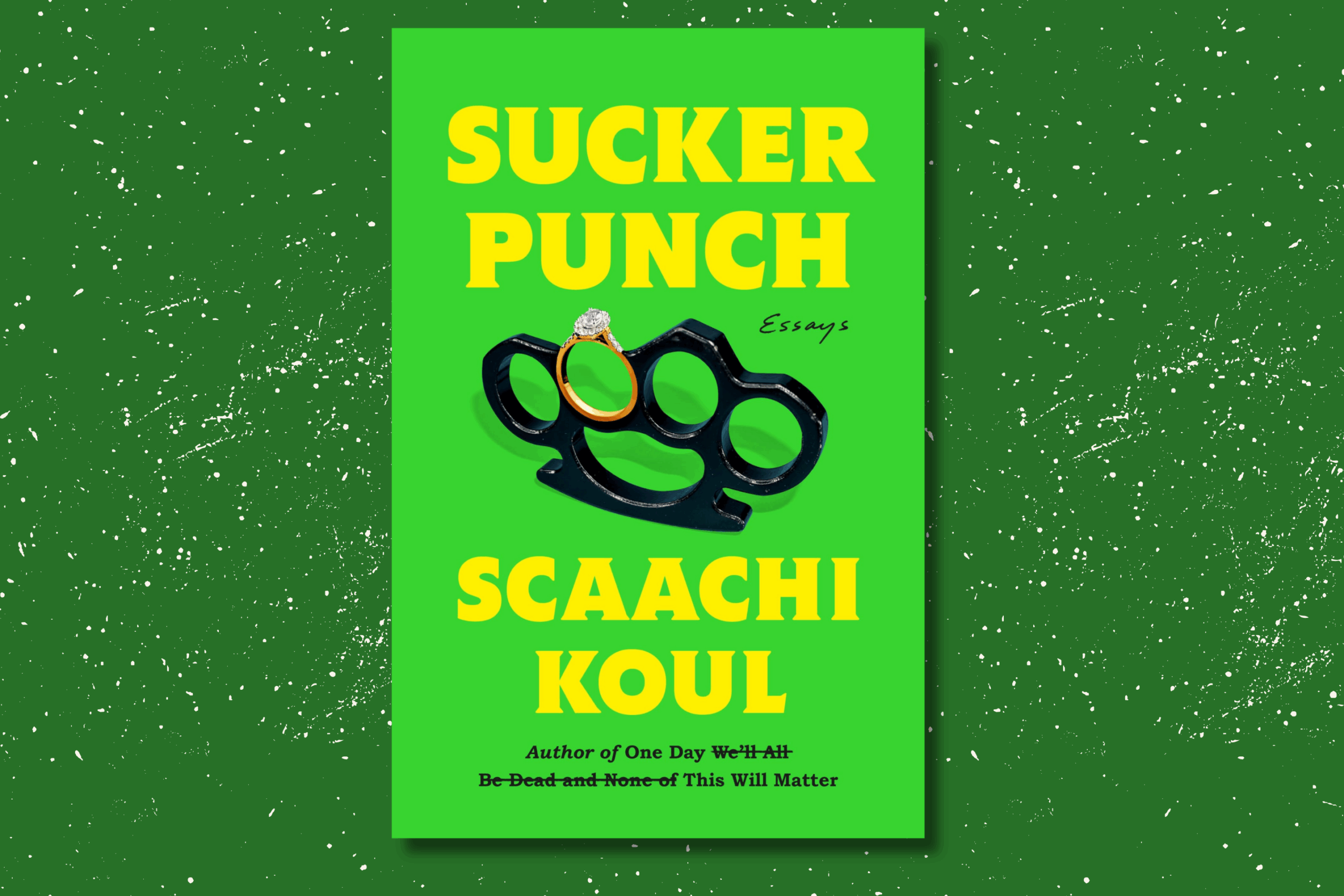Photo: Nina Jeffrey
By Regina Dickson
With the steady return of all things vintage to the fashion world, an exhibition showcasing 70 years of Christian Dior’s couture is bringing classic vogue to the Royal Ontario Museum. Thirty-eight thematically-arranged dresses are the main attraction of the exhibition. Most of them were donated to the museum by Toronto and Montreal socialites. Each dress is supplemented with a placard revealing its unique history.
“One of the neat things is to read how [each] woman who first owned this dress used it and wore it,” said visitor Lynn Fraser. The designs are from Dior’s first collections, christened as the New Look by Harper’s Bazaar, from the post-war period of 1947 and 1957.
The New Look controversy
Photo: Nina Jeffrey
The controversial 1947 New Look collection called Corolle and Huit presented 90 styles, which on average used 20 yards of fabric each, violating France’s post-war fabric restrictions. The dispute stemmed from the violation of the law and the very feminine silhouettes, which were drastically different from the masculine war uniforms that shaped the French tradition of that time.
The look consists of a calf-length full skirt, a cinched waistline and a fuller bust than what was common since the early 1900s. It’s a very feminine look, particularly compared to today’s popular fashion, said visitors Gabriella and Cokie Ponikvar. Senior curator Alexandra Palmer said that the popularity of the exhibition is two-fold.
“It’s very focused in its time frame, and it looks at those first ten years of Monsieur Dior in the 1950s, which is a time that resonates with people, because of [the] red carpet,” she said. “It’s clothes that we understand and imagine ourselves wearing, but we do not have that lifestyle, we’ve moved on. There’s a certain romance in the style associated with it.”
She also explained that the information in the exhibition added to its success, seeing as it wasn’t just about “pretty dresses” and people are interested in learning new things. The accompanying placards for each garment offered attendees information about who designed each dress and how it was designed, “People are taken a bit by surprise when they discover the range of things that the exhibition covers,” said Palmer.
The dresses are arranged according to the time of day. Daytime designs include coats, suits, and casual dresses, while late afternoon styles consist of cocktail and dinner dresses, and evening designs are comprised of ball gowns and formal gowns.
In addition to the clothing, more than 100 Dior accessories were on display, consisting of earrings, necklaces, purses, shoes and perfumes. The dresses are enhanced by Dior’s original sketches, his notes and fabric samples.
Photo: Nina Jeffrey
Christian Dior’s first fragrance, Miss Dior, gleamed in the spotlights on a miniature podium. The fragrance was named by the designer in honour of his sister Catherine, who was temporarily imprisoned in a concentration camp for joining the French Resistance.
There’s a lot to learn about the late 1940s and early 1950s in France from Dior’s New Look collection. It came out during a time of genderless war uniform attire and broke fashion ground with its femininity.
Vogue wrote about Dior’s accomplishments in fashion, “The opulence of his designs contrasted with the grim post-war reality of Europe, and helped re-establish Paris as the joyful fashion capital it had once been.”
Then and now
Photo: Nina Jeffrey
The dresses, being over fifty years old, were received in great condition, said Palmer. Could clothing that’s produced today stand the test of time to the same extent? Many would say no, and that today’s styles lack quality and attention to detail.
Visitor Maure Kentner said, “(Dior’s) collars and his shoulders [are] just beautiful. There are no rough edges on the finishing and he’s used wider seams. He’s also used methods to make sure that the seam doesn’t show.” Kentner believes that the quality material we see in fashion today is nowhere near what it used to be.
Despite the thematic arrangement of the dresses, even the daytime styles are a lot more ornate than today’s popular fashions. Kentner’s friend Lynn Fraser said, “The fashion for casualness has taken over.” Kentner added Dior’s 1950s style is “one that we need to get back.”
This piece was edited by Aya Baradie.








